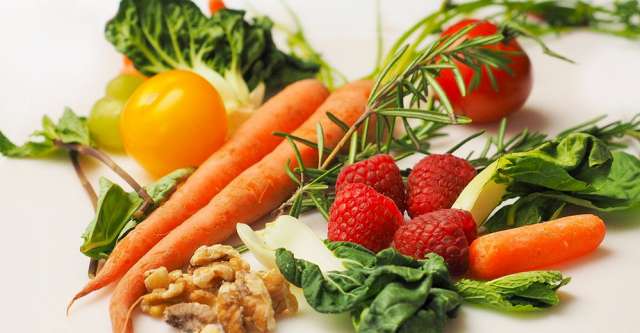With spring comes warmer weather. Warm weather takes gardeners outside to till the land and plant. Some years a bountiful harvest comes in before June. Other years, a freeze comes and all sprouts in the garden need to begin anew. With a little foresight, one can plant early and still reap the benefits of home-grown food.
Temperatures
Tonight’s low is forecast to be 27 degrees [1]. Thursday night is colder yet with an overnight temperature of 26 degrees. Tender plants left alone could freeze.
Which Plants Need Protection?
There are several ideas for protecting plants. Cool-season crops can stand against freezing temperatures. Those crops are kale, peas, carrots, and turnips, among others. These can tolerate temperatures to around 28 degrees. A complete list of various vegetables and their actual frost temperatures is found here. Underground plants fare better than aboveground items. Fruit takes more damage than leaves and stalks of plants. Water plants do not fare colder temperatures well. These are melons, lettuce, or tomatoes. Fruit tree blossoms are usually damaged by a hard frost. Nut trees, in general, blossom later and do not often have troubles.
Protecting Plants
In gardens, one can cover the tender plants with plastic or buckets overnight to protect them. Fruit trees do take covering well, when available. A list spray of water when the temperatures are below freezing often keeps the new growth alive. Wind, like a fan, also deters frost [2]. Local orchardists sometimes use an overnight sprinkler to protect their fruit.
Southern Missouri’s average last frost date is April 21. That means we have about three more weeks where we could see freezing overnight temperatures. It’s good to prepare ahead of time, possibly put off planting those outdoor seedlings until the weather warms up for good.
Notes:
- ^https://forecast.weather.gov/MapClick.php?lat=36.69218500000005&lon=-91.40082999999998#.YGSZ7a9KiM8 (go back ↩)
- ^https://homeguides.sfgate.com/protect-peach-tree-blossoms-frost-54050.html (go back ↩)

